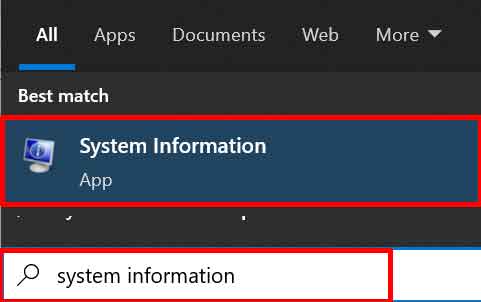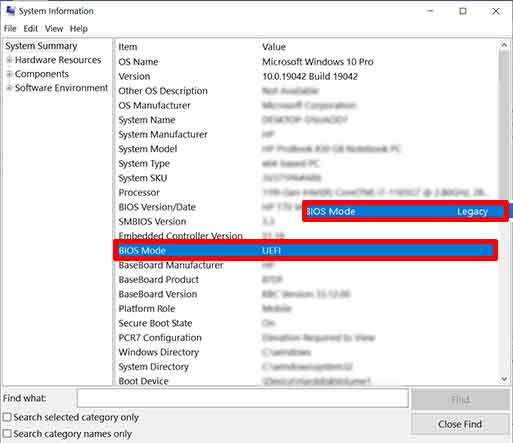We often hear the terms BIOS and UEFI. But do you know how BIOS and UEFI work?
Most computer users only know that if we turn on the computer, it will be preceded by a display of hardware information, which is a report of the results of the BIOS/UEFI before the computer loads the operating system.
Difference between BIOS and UEFI
BIOS stands for Basic Input/Output System and is also known as system BIOS, ROM BIOS, or PC BIOS. While the definition of BIOS is the firmware used to initialize the hardware during the boot process (power-on startup), and to provide runtime services for the operating system and programs.
The BIOS firmware is pre-installed on the computer’s motherboard and is the first software that runs when the computer is turned on.
The BIOS is stored in an EPROM (Erasable Programmable Read-Only Memory) which allows the manufacturer to perform updates easily.
You can access the BIOS by pressing del, F2 or F10 during the initial phase of the boot procedure
Unified Extensible Firmware Interface, or what we usually call UEFI, is the software between the operating system and firmware. UEFI replaces the legacy Basic Input/Output System (BIOS) firmware interface that was originally on all computers, with most UEFI firmware implementations providing support for legacy BIOS services.
UEFI can support remote diagnostics and repair of computers, even without an operating system installed.
BIOS and UEFI have the same task, namely initializing hardware components and starting the operating system stored on the hard disk drive when the computer starts up.
The main difference between UEFI and BIOS is that UEFI stores all data about initialization and startup in an .efi file, while BIOS stores it in firmware.
This .efi file is stored in a special partition called EFI System Partition (ESP) on the hard disk. This ESP partition also contains the bootloader.
Advantages of using UEFI
UEFI came as a refinement of the shortcomings of the BIOS. As a BIOS enhancement, of course, UEFI has many advantages over its predecessors. Some of the advantages of UEFI, among others:
- UEFI supports drive and partition sizes up to 8 ZB (zettabyte), while BIOS only supports 2 TB (terabyte).
- UEFI supports an unlimited number of partitions, whereas BIOS can only create 4 primary partitions.
- Boot time using EUFI is faster.
- UEFI offers “Secure Boot” security to prevent the computer from booting from unauthorized applications and to ensure that no malware interferes with the startup process .
- UEFI supports network functions in the UEFI firmware itself, which helps remote troubleshooting and the UEFI configuration.
- UEFI runs in 32bit or 64bit mode, which can provide GUI navigation with a mouse, while BIOS runs in 16bit mode and navigates using only the keyboard.
How to check Windows using UEFI or Legacy BIOS mode
1. Open “System Information”.
Click search and type “System Information”. Then select the application ” System Information

2. Check the item “BIOS Mode”
If the item “BIOS Mode” is “UEFI”, it means that you have used UEFI boot mode. If the value is “Legacy”, it means that you are still using the Legacy BIOS boot mode.

How to change boot mode from Legacy BIOS to UEFI on Windows without reinstalling and losing data
You can use the following steps to change the Legacy BIOS to UEFI on all versions of Windows 11 and Windows 10 with a minimum version of 1703.

